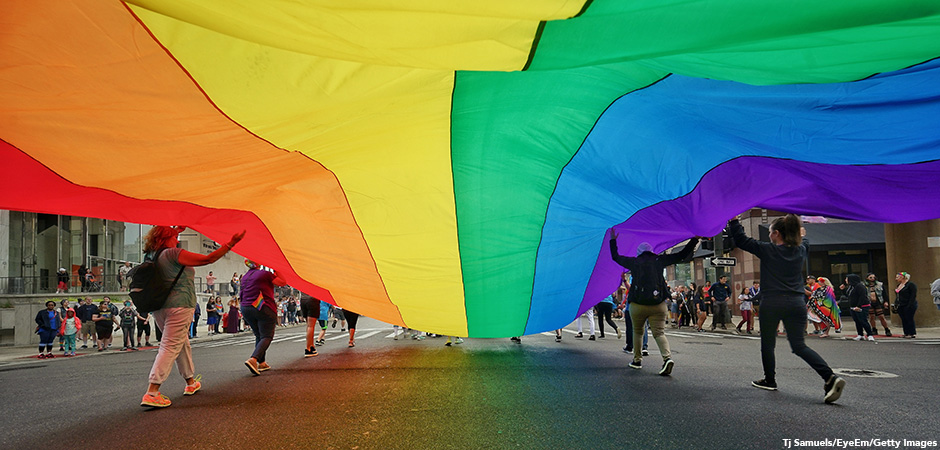
(Note: This story discusses issues that might be upsetting to some readers, such as anti-LGBTQ discrimination and suicide.)
June is Pride Month: a time to honor and celebrate the LGBTQ+ community. But it is also a time to remember and reflect on important historical moments in the struggle for LGBTQ+ rights and equality. One such historical incident was the “Lavender Scare.” This was a time when thousands of U.S. federal government employees were questioned, and some were fired for suspicion of being homosexual. Here, btw looks at this time in American history.
What Was the Lavender Scare?
You may have heard of the Red Scare. During the Cold War tensions of the 1950s between the Soviet Union and the United States, there was fear and mistrust of communism within the United States. Senator Joseph McCarthy created a list of over 200 federal employees whom he accused of being communists. This prompted a nationwide effort to identify hidden communism in the United States government.
The Lavender Scare happened during the same time as the Red Scare. Senator McCarthy’s list also contained the names of two suspected homosexuals. At the time, homosexuality was illegal under the Sex Perversion and Elimination Act of 1947. The two federal employees on McCarthy’s list were questioned and fired. Homosexuals were viewed with mistrust in a similar manner to the mistrust with which communists were viewed. If someone concealed their homosexuality to hold a government job, many wondered, should such a person be trusted with government responsibilities?
It was also thought that homosexual people were vulnerable to being blackmailed. In 1953, President Dwight Eisenhower signed Executive Order 10450, which banned the federal government from hiring employees suspected of “sexual perversion.” Suspected individuals were questioned intimately about their private lives. They were not given the protection of having a lawyer present during the questioning. During the Lavender Scare, an estimated maximum of 10,000 government employees quit or were fired. Many more were fired just for knowing or befriending someone thought to be homosexual.
A Devastating Legacy
The Lavender Scare made it difficult and dangerous for LGBTQ+ people to live openly without being harassed. Some of the federal employees who were questioned and/or fired during this period later died by suicide. The number of people who did this is not precisely known because the circumstances of these deaths were not reported in detail. Government agencies eventually reversed the harmful legislation and policies of the Lavender Scare. But bans against employing members of the LGBTQ+ community in the Federal Bureau of Investigation (FBI) and the National Security Agency (NSA) continued into the 1990s.
